How To Deadlift Safely For Growth
Fix All Mistakes!
Today we’re going to go over proper deadlift form so that each and every one of you right now can go to the gym, execute the movement properly and not get injured. I have made videos in the past and if you click HERE you can check out probably the best / more comprehensive video I have done of the deadlift so far. The thought process behind this video is that you’ve already seen that one, but you’re still having a hard time executing pulling the weight off the floor without doing it in two movements.
Deadlifts should be one movement and a lot of you might have your feet in the right position, you’re flexing your back and keeping your chest up, you’re taking in a breath and you’re keeping your core tight, but you’re still letting your hips shoot up first before pulling the weight and that’s the hardest part to get rid of. Unfortunately that’s where injuries tend to happen as well, because instead of pushing through your legs, you’re pushing and then pulling with your back.
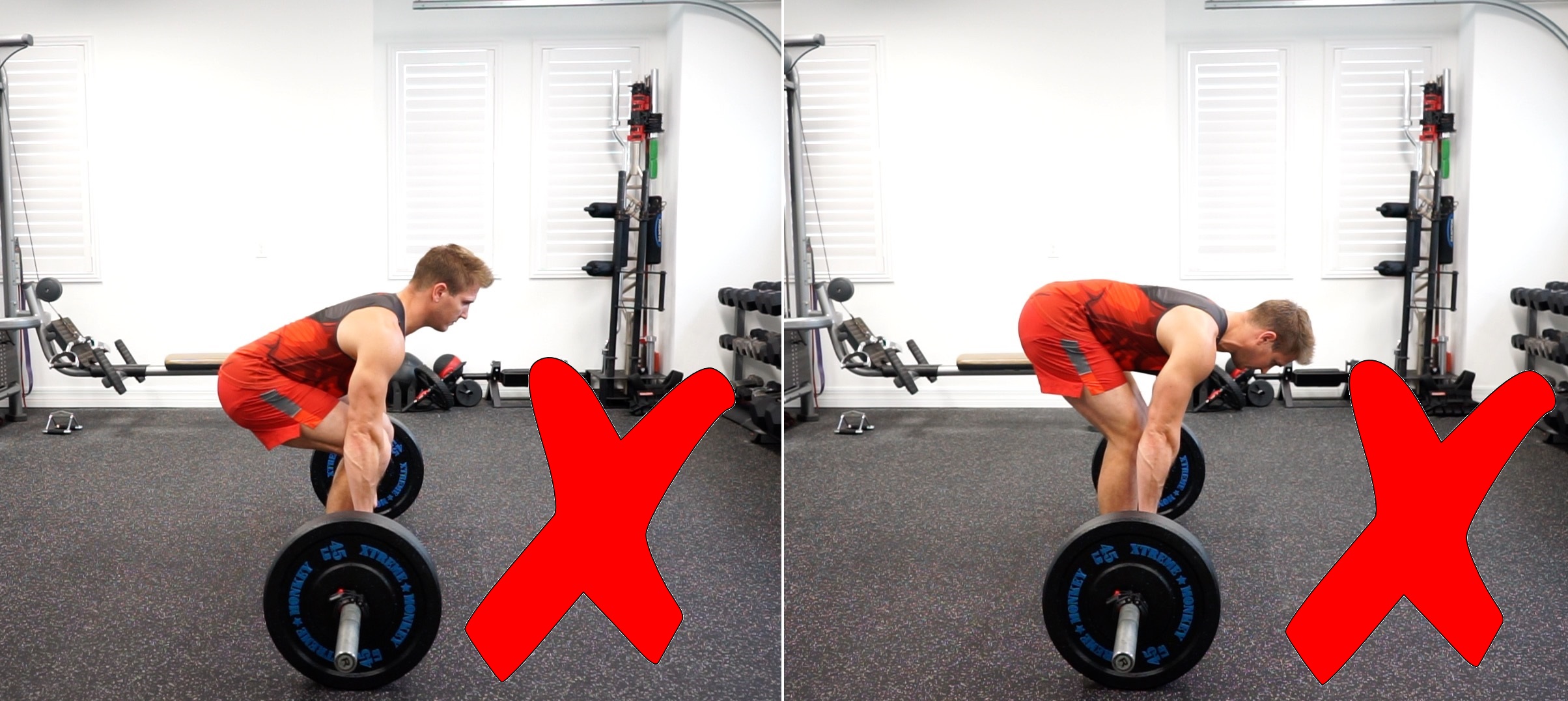
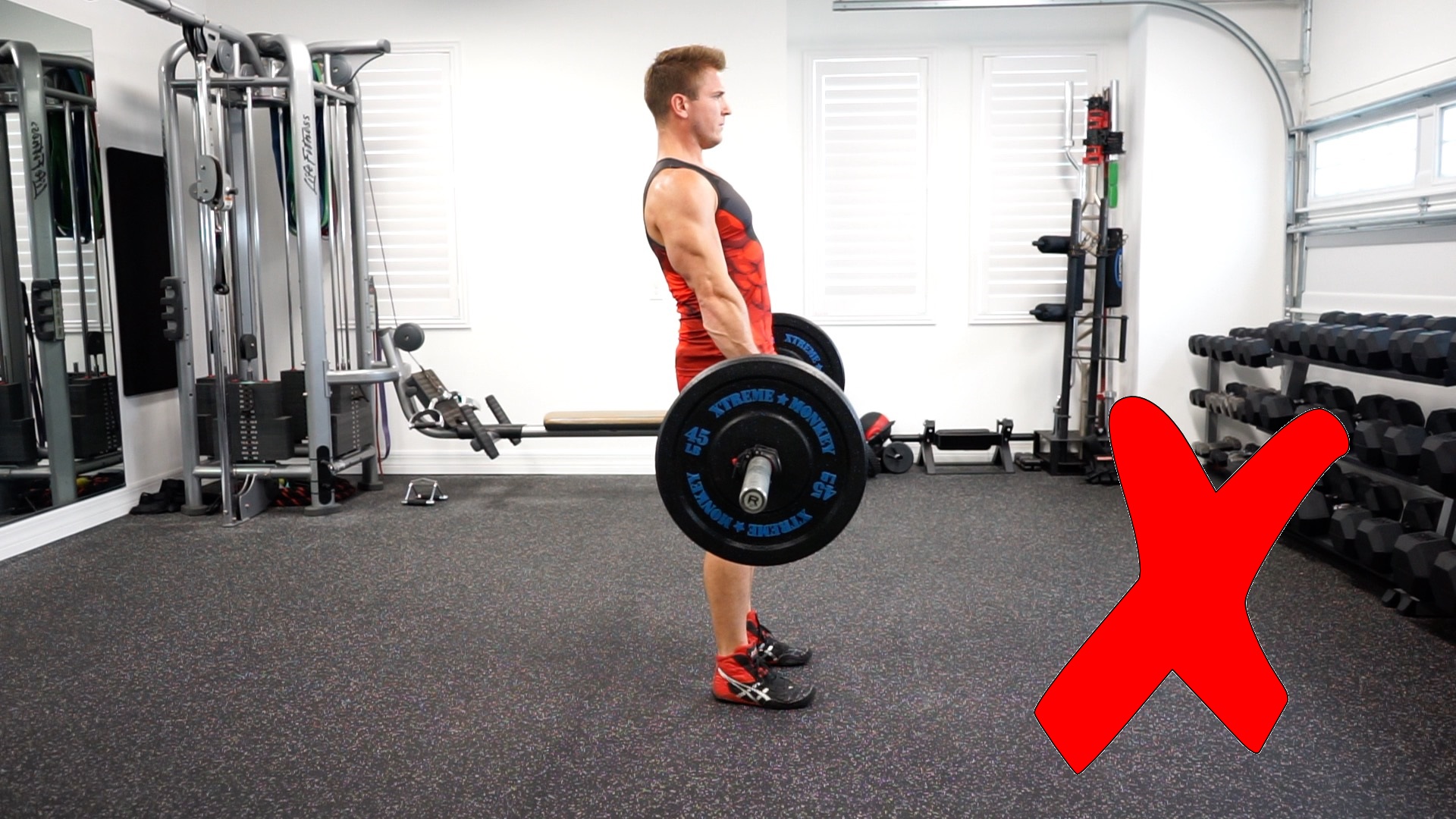
The Problem
Whenever I train my clients, I always seem to be repeating the same few tips on the same few exercises and one of those exercises is the deadlift, whether people are doing conventional or sumo. If you’re sumo deadlifting, you probably don’t have as much of a hard time with that two set motion (mainly because of the position you’re in) but for those of you who are doing conventional, it probably takes a bit more in terms of mind-muscle connection to bend over and then push and contract through your legs while having your hamstrings and glutes work together.
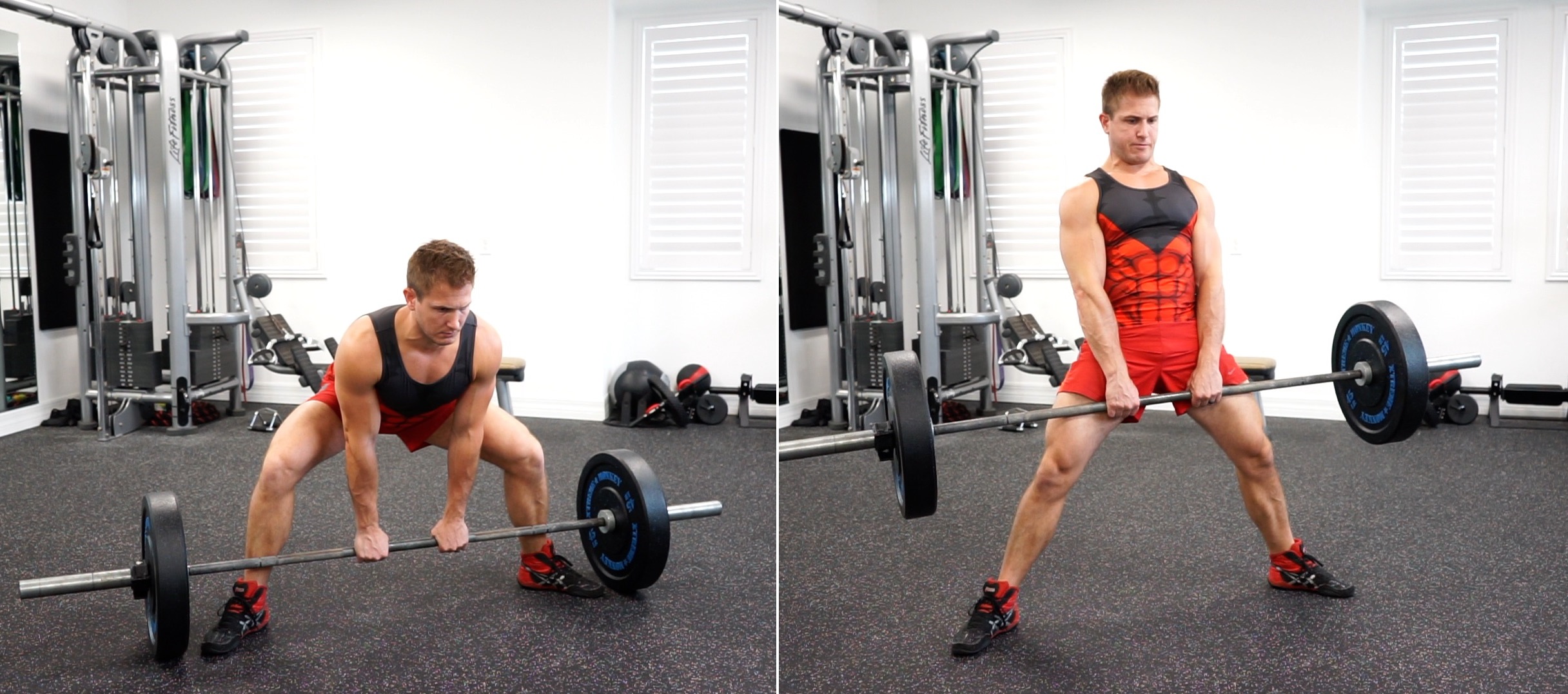
Generally what happens (when you’re not doing it correctly) is you’re contracting and pushing through your legs and activating your hamstrings initially to get the weight off the ground, but then it’s all lower back to finish the movement. The reason this happens to a lot of people is that when we go to the gym, we tend to do a lot of exercises that train the hamstrings and glutes separately. But we don’t always do exercises where they work together, which is actually how they like to work. This means it’s important to include some exercises in your routine that are going to reteach your body how to make those two muscle groups fire at the same time. There are two exercises in particular that can really help out with this.
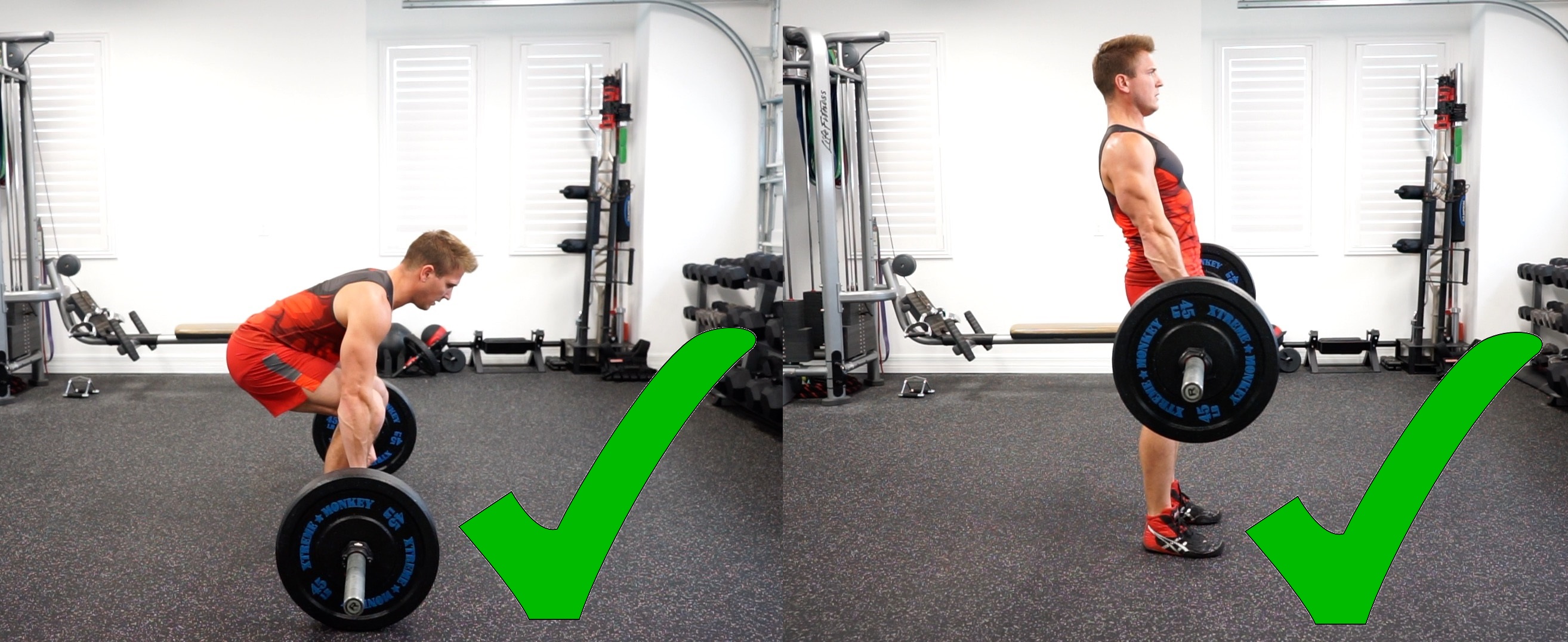
Deficit Deadlift
These can be performed a few different ways. You can either stand on a 45lbs plate to get your feet closer to the bar, or you can just use smaller plates on the barbell, like 25lbs weights. For me, the width of a 45lb plate is enough to wear I can stand in my normal position anyway. If you have a wider stance, you probably need to use the smaller plates on the barbell.
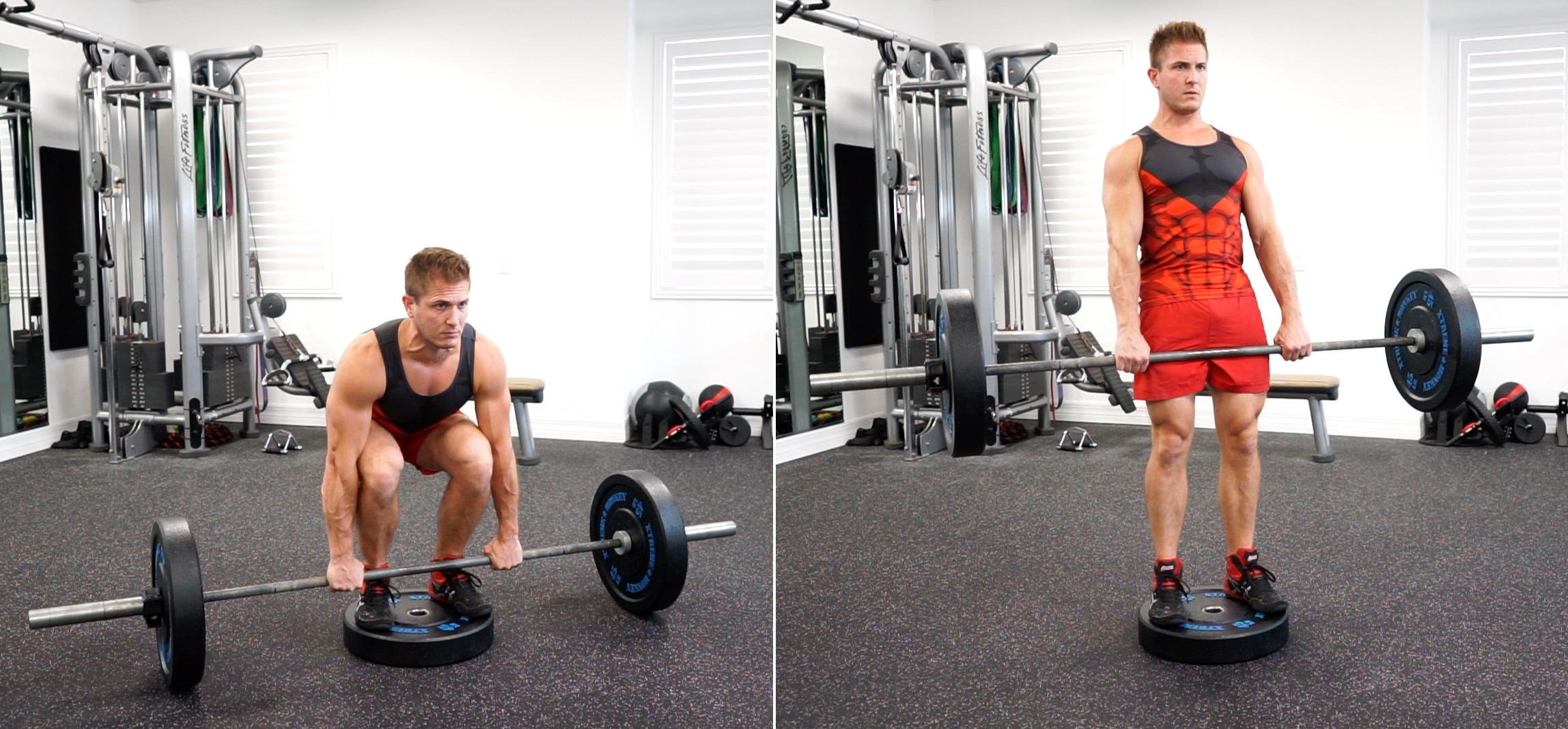
The reason why a deficit deadlift helps is it’s going to force you to get a lot lower than your normally would in order to execute this exercise properly. Normally you would have your butt about parallel to the ground and with your knees. With a deficit, your butt is going below your knees and in order for you to keep your chest up and push through, you have no choice but to fire your hamstrings and glutes as hard as you can. It’s actually very similar to what your body looks like in the bottom of a squat (if you’re doing ass to grass that is!). Typically you will go lighter with this exercise, but if you can force yourself to get super low (even if you don’t have that flexibility, this will force it) and then really squeeze your glutes hard throughout and at the top of the movement, this will help prevent you from doing conventional deadlifts in two motions.
Your glutes should be SO TIGHT that if someone came up behind you and tried to swipe a credit card down there, that card would get DECLINED!
Barbell Glute Bridge
When you perform a glute bridge, don’t have your feet too far away from your body, because that will put a lot of tension on your lower back. Try to grab your heels and pull them in as tight as you can towards your glutes. Push the barbell into your thighs and then extend your hips and flex and squeeze your glutes as hard as you can at the top of the movement. As long as you’re pushing through your heels and flexing your glutes, you’re going to feel both hamstring and glute activation.
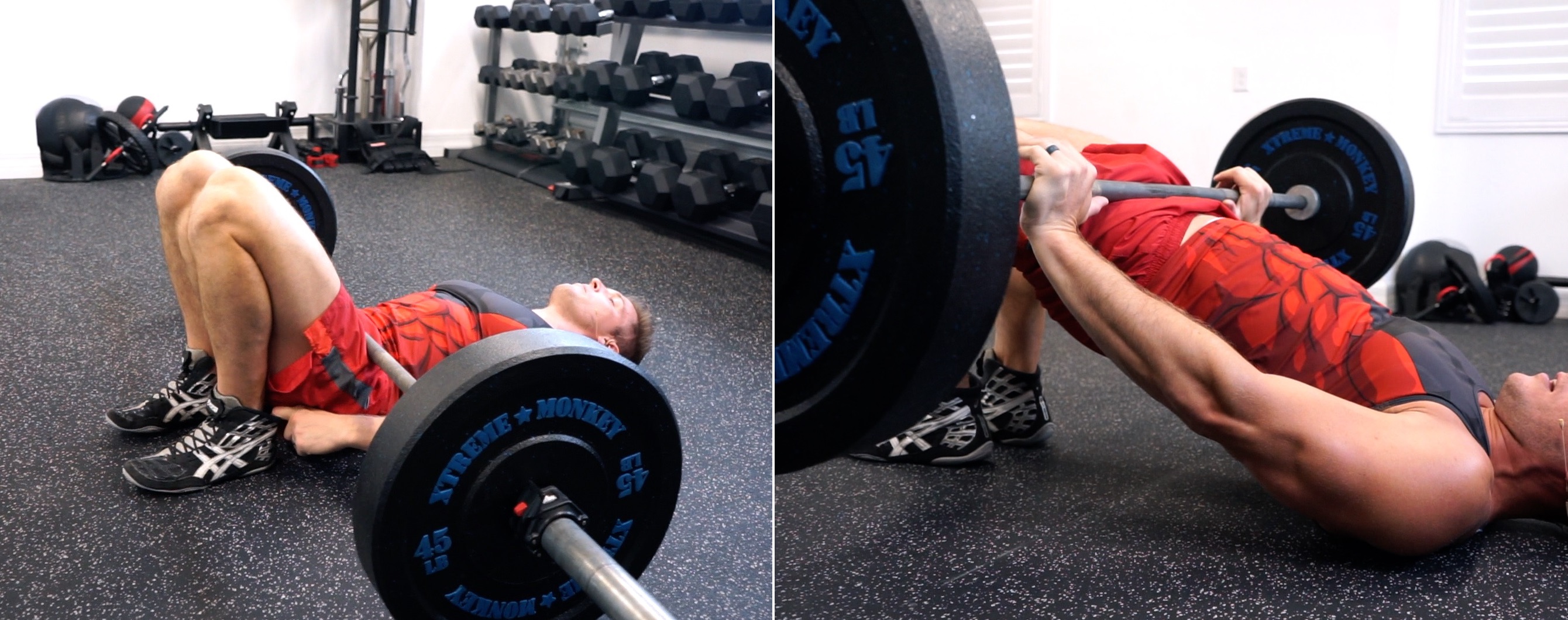
Conclusion
I’m not saying you need to stop deadlift now. If anything, the best way to do this moving forward is to do two sets of 8 – 10 reps of both of these movements as a pre-activator before you deadlift. If you stop deadlift and just do these two exercises, it kind of defeats the purpose. You need to use these two movements to teach your body how to use the hamstrings and glutes together and then go over to the deadlift and apply what you just taught your body to do.








